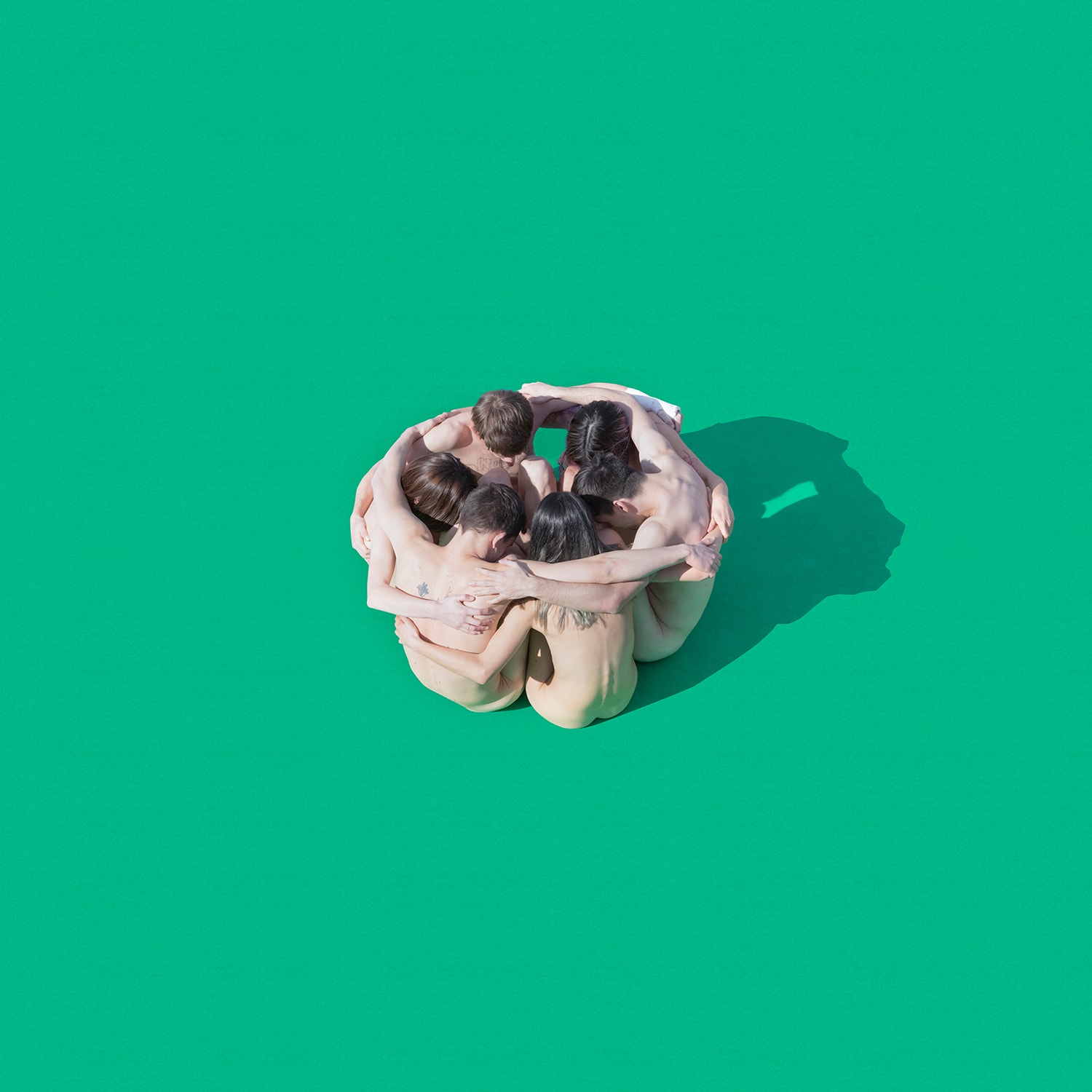
The collective body
Julia Sbriller is an architect, photographer, and performer. She also works as a teacher, editor, cultural manager, and coordinator of Creadores de imágenes, an educational network of Latin American photography. She defines herself as a curious person, desiring and in quest: she wonders how to amalgamate all of her “hybrid” training while she experiments with the individual and collective body.
So, in 2018, she put on a track with music for the bodies to meet. The result was the performance Tiempos difíciles requieren danzas ruidosas, with Catalina Bartolomé. In 2019, she and Joaquín Wall made Mandala, a photographic essay on “more complex, multiple, quantum” gender identities that move away from binarism. Then they brought themselves into play in the nude self-portraits they called Flechas al sol. In the same year, they created Torontoides a performance that reflects on the body as something that “contains us” but also on “the planet, its magnetic fields, and its mysteries”.
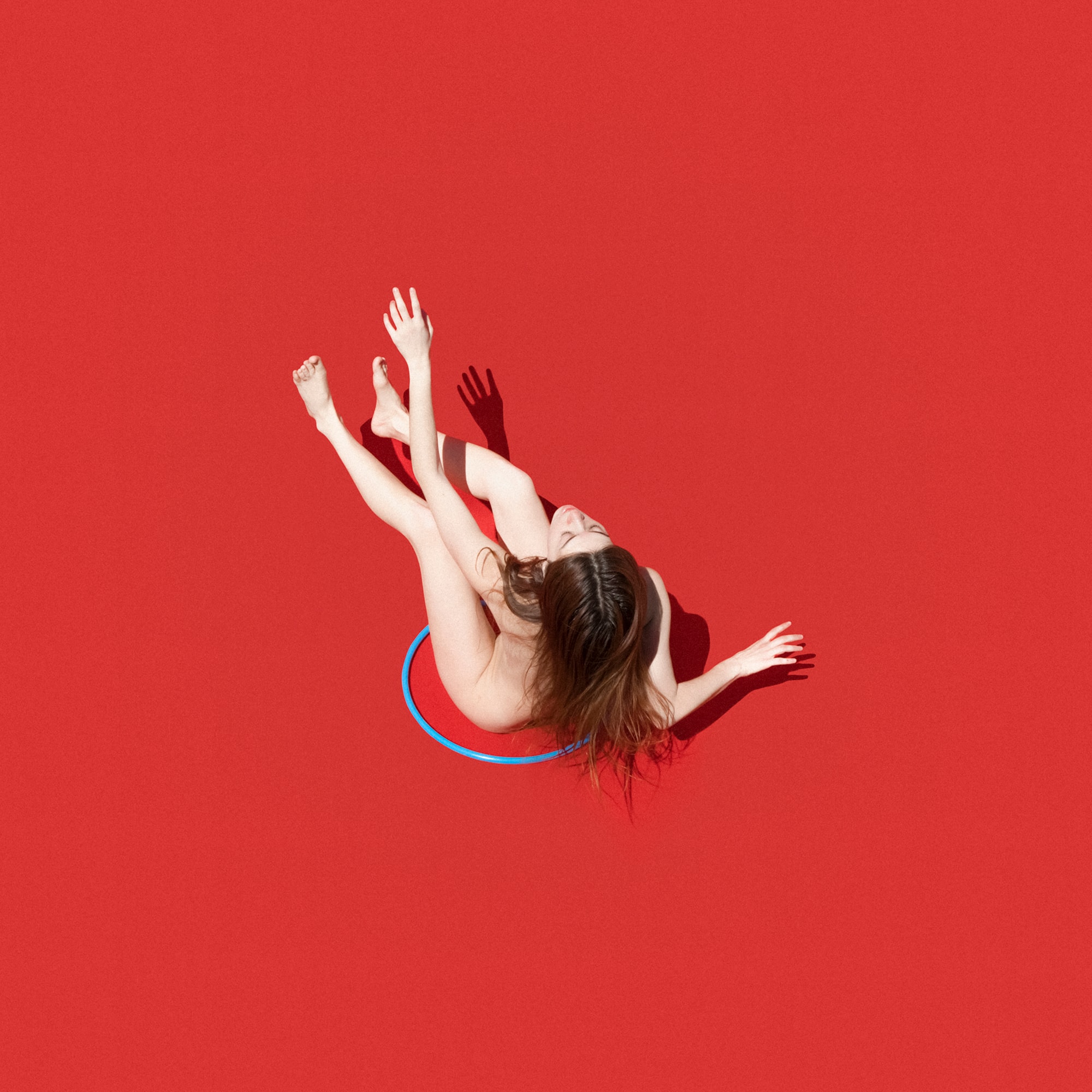
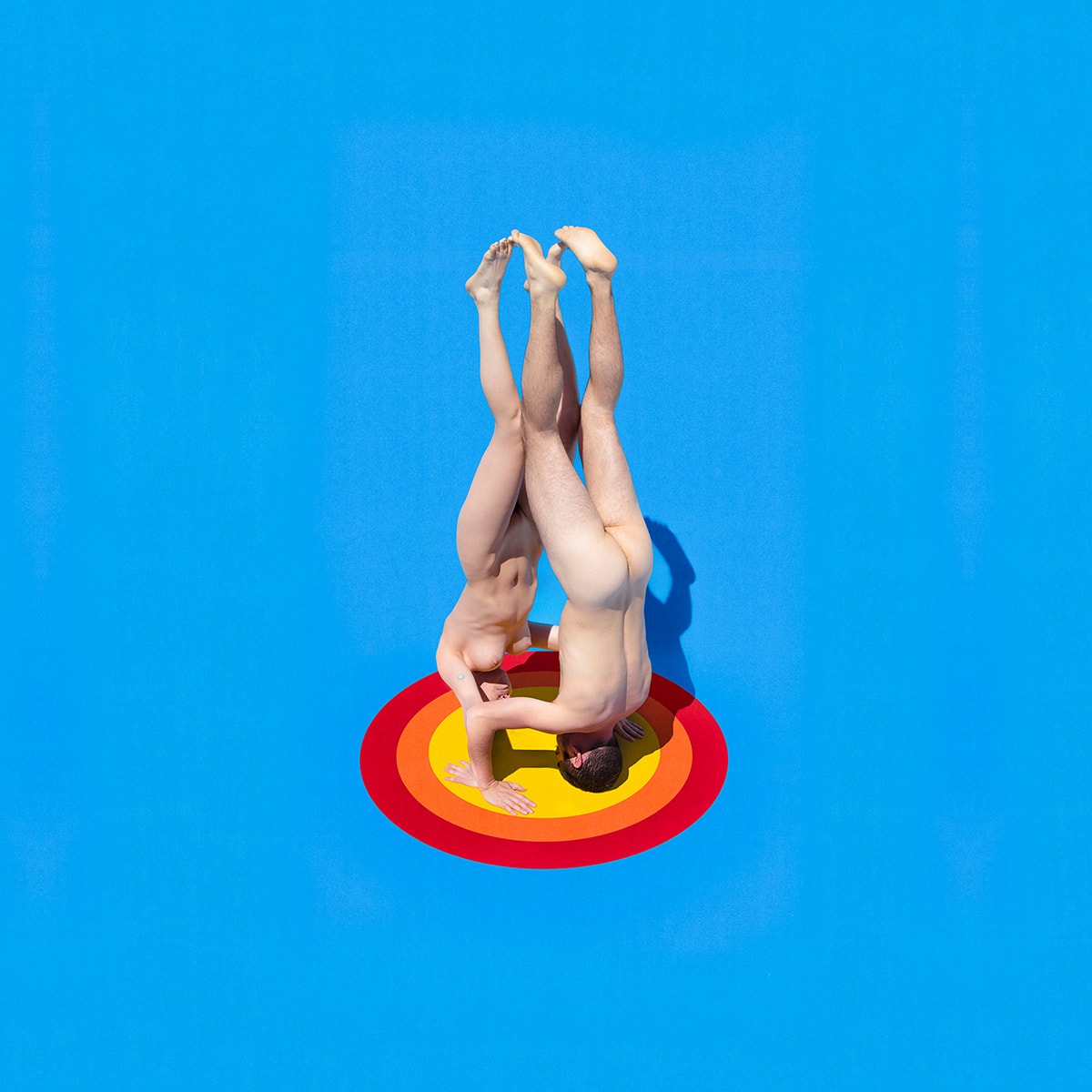
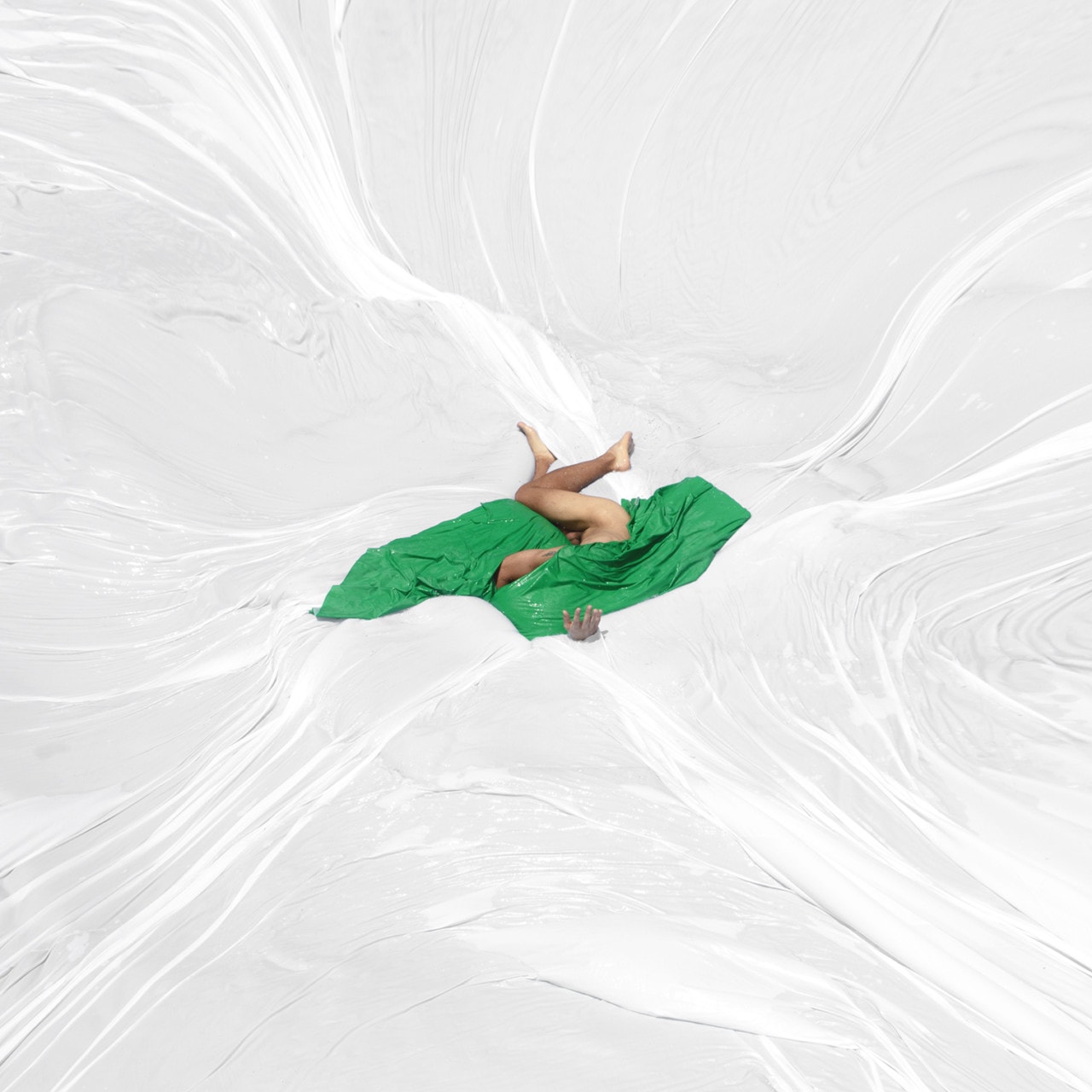
You say your training is hybrid, what do you mean?
I grew up in Patagonia, in a small town called Cipolletti. When I finished high school, I moved to La Plata and I was very thirsty. I was a young teenager with a great thirst for things, so I began to study everything simultaneously. While studying architecture, I studied photography and dance. It was quite chaotic; I was interested in everything.
I felt so desirous and curious that it was quite a topic to think that I wanted to open so many branches. For all this, for a long time, my job was to think about how to unify all this information. I think I’m still in that labor. How can I think of an architecture of the body concerning the image?
Although there was something in my academic training, it was not complete for me on a metaphorical or poetic level. That “harder” structure that architecture has, didn’t close. Then the dance would appear, to soften everything. The image was always a great companion, a great love. The photo was always a certainty in my life. It accompanies me as a tool to orbit other things that interest me.
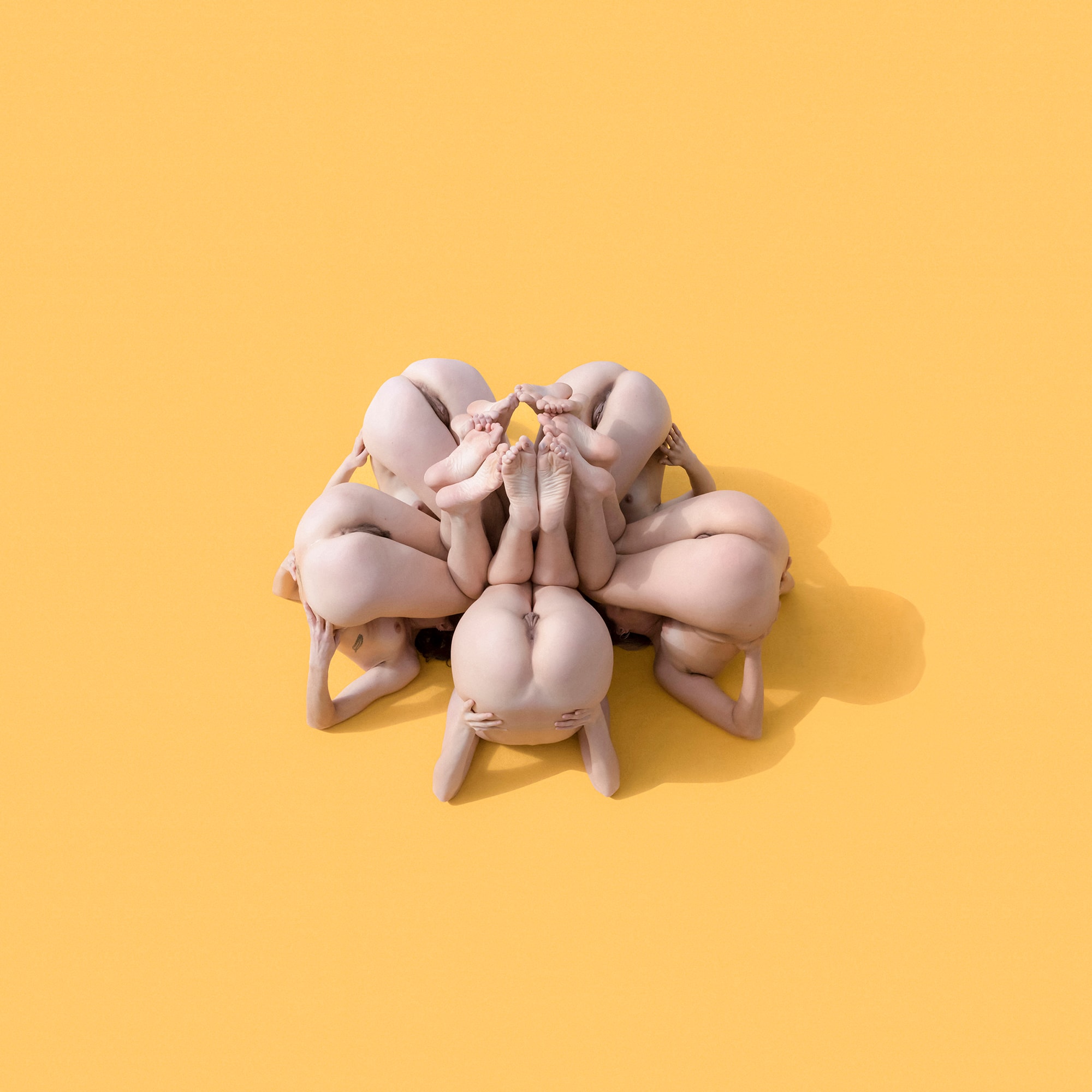
And how do you get to the bodies as a subject?
My work is in relation not only to the individual body but also to the collective. From architecture, I think of the body as an available space to connect us, to modify the places where we are, the way we find ourselves or think.
I think my work has a lot to do with bonding, and the body is a way of bonding. In my work, I not only take photos but also generate experiences or have a training space. Everything leads me to think of the body as a temple, and I believe that these temples can meet.
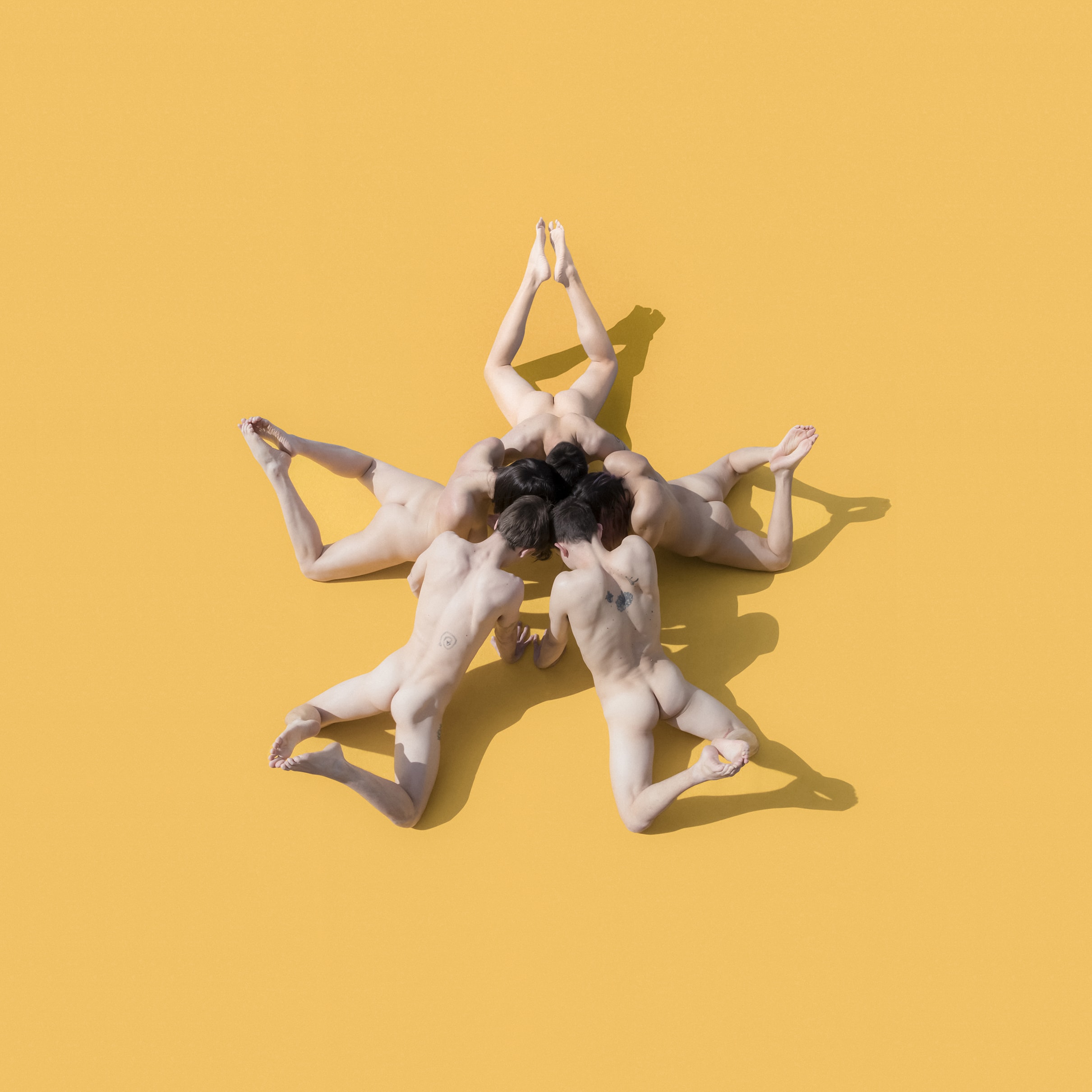
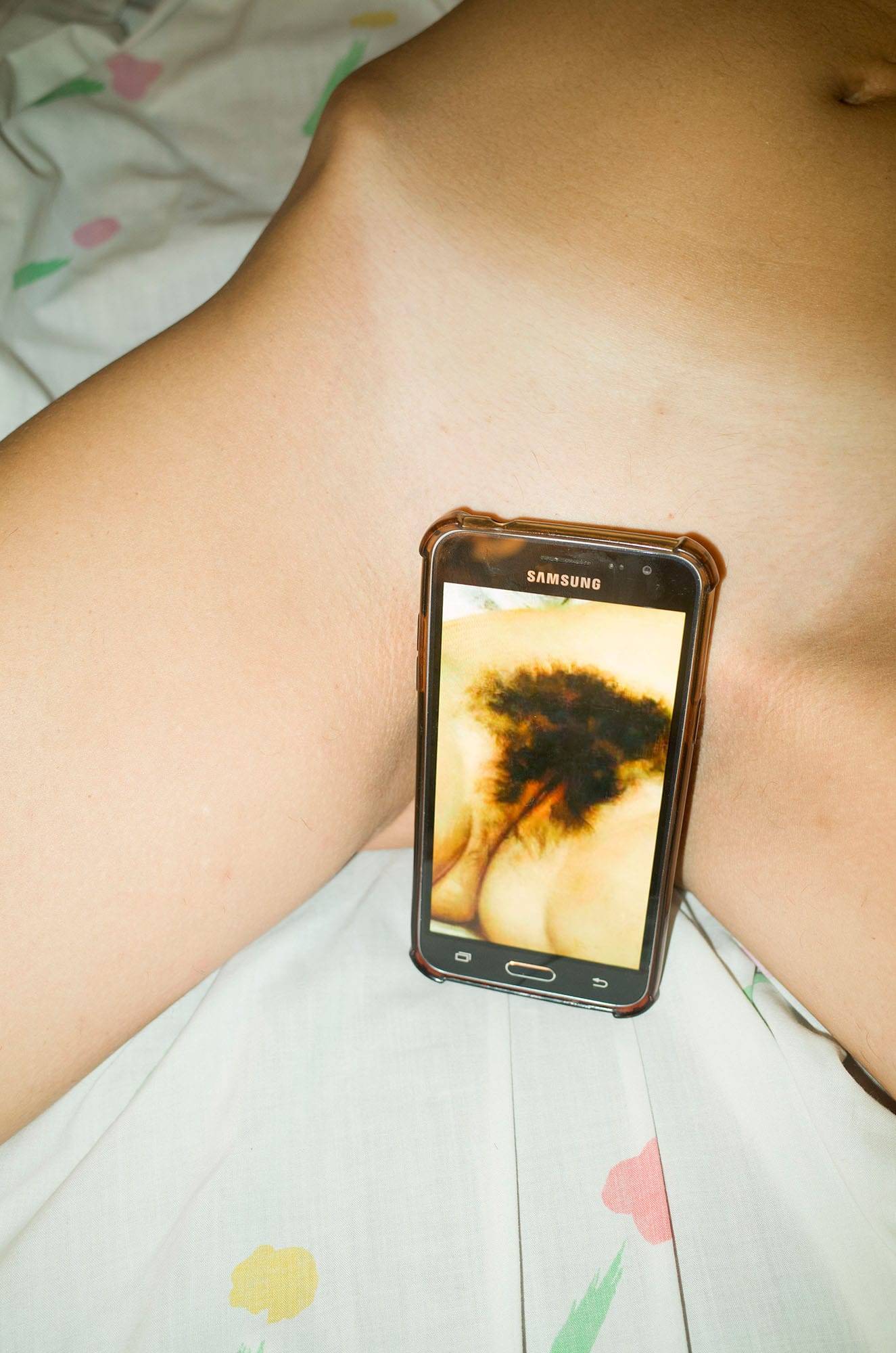
You were talking about the idea of the collective body. What does it mean for you?
What are we? In some way, each body is totally influenced and infected, drenched in other bodies. I believe a lot in how we are transforming ourselves in relation to our ties, to our context. From there, we are generating collective ideas of which sometimes we are more or less aware.
Perhaps it is a fantasy to think that it is like an organization that falls on us, crosses us, and accompanies us. It does not mean ‘utopia’, because it seems like a lot to me, but I think it has to do a bit with that: being aware of how we all transform ourselves, it is a way of understanding how ideas or networks are generated in small communities.
Do you put your own body at stake?
Not always, but lately, I have been working a lot with Joaquín Wall, and we find it interesting to put our bodies at the disposal of what we are thinking. I think we feel that to understand and clarify what we are doing, we need to put our bodies to go through those states or those tests and through that exposure.
We have been working a lot with the people we find who are available and what happened there is also interesting because as we show our work to more people it makes them want to participate. I am interested in making myself available to the image to be more empathetic with what is happening.
For example: now I am in Bariloche and I want to take some pictures in the snow with nudes. The first thing I’m going to do is take some photos of me, to see the limit of what I’m asking for. For me, it is important to understand what it feels like, what the shapes are. I’m interested in those mobile roles and going through the experience.
I think that passing it through the body is a way of reflecting on how to tell stories. In my personal experience, beyond the work, passing it through my own body gives me back another sphere of what I am doing
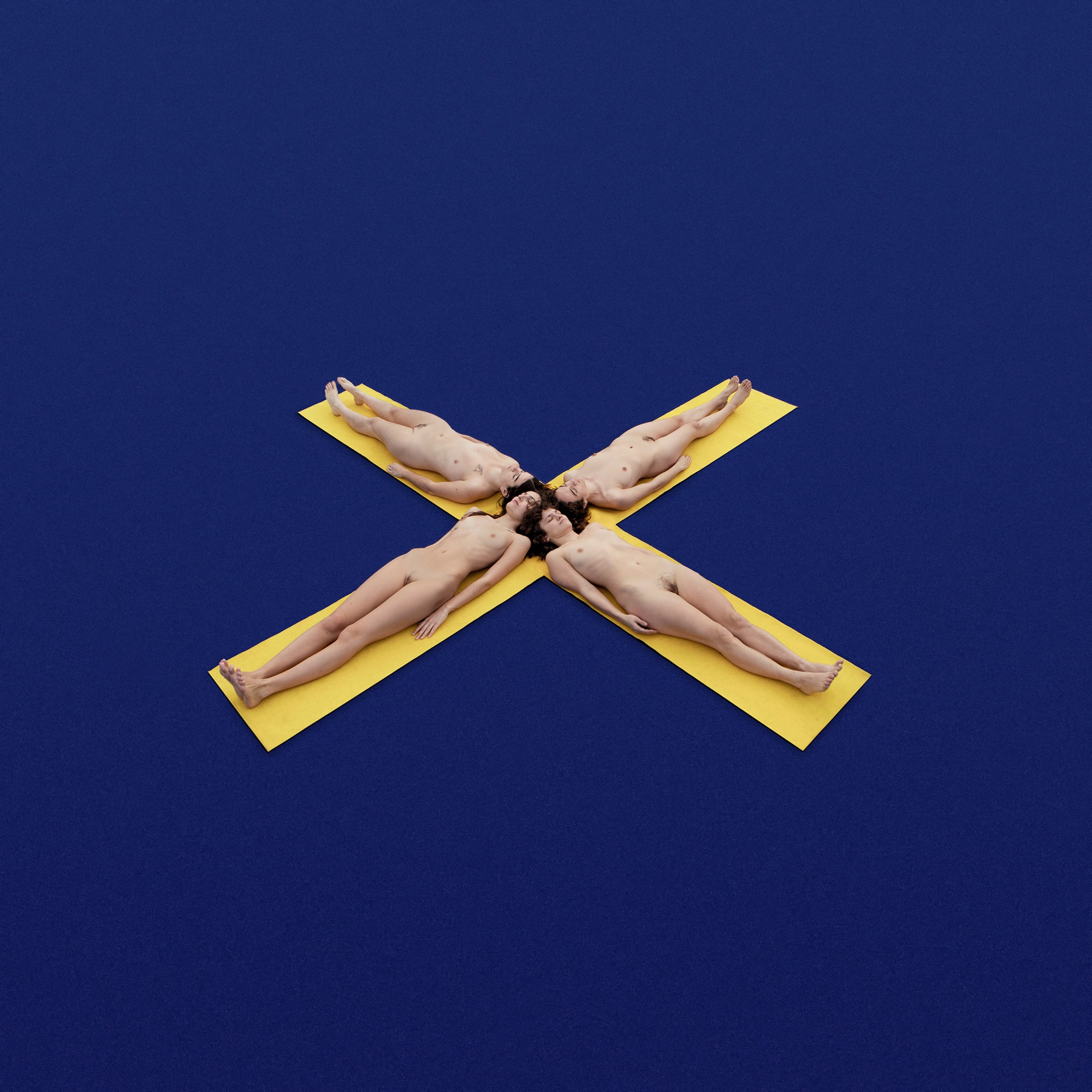
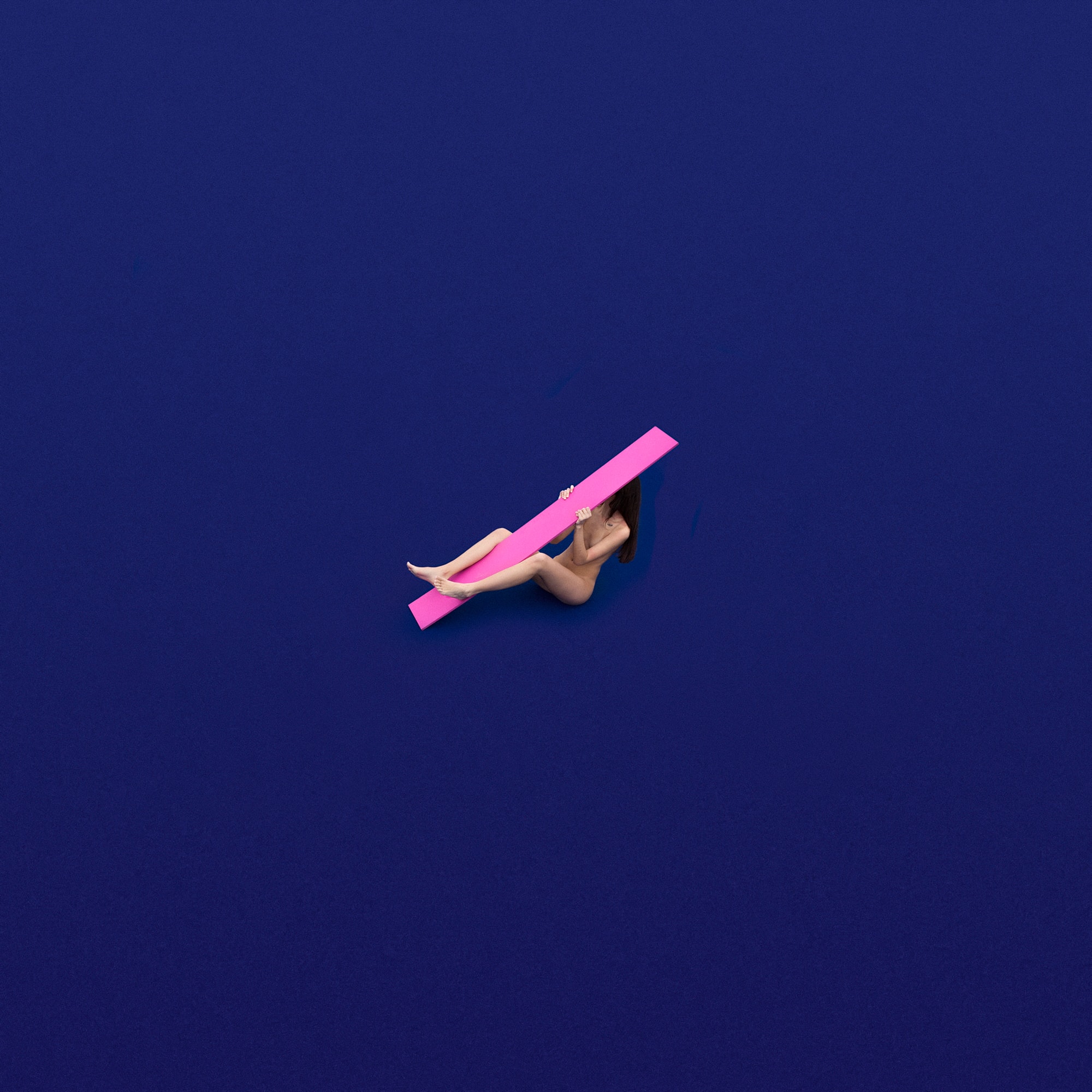
Is that what ‘Creadores’ is about?
It is a Latin American educational network that has different locations. It started in La Plata and now has many locations in Argentina and also in Colombia, Uruguay, Mexico, and Spain. It is a space for training and experimentation with photography. I coordinate the online headquarters and the network in general. It is very interesting on an educational and thinking level of the image. Creadores is a collective body in which we don’t even need to get to know each other. We work in a community or in a group with a conscience.
Besides Creadores, what project are you thinking of today?
When I arrived in Bariloche we filmed Sílex and I want to continue with that investigation. Now I’m thinking a bit about the seasons. We filmed that in autumn and here the seasons are very marked. Everything that happens to us at the level of linking with our own body and with others has a lot to do with the time of year. In relation to snow, I wonder what is the relationship of the body with that state of the water.
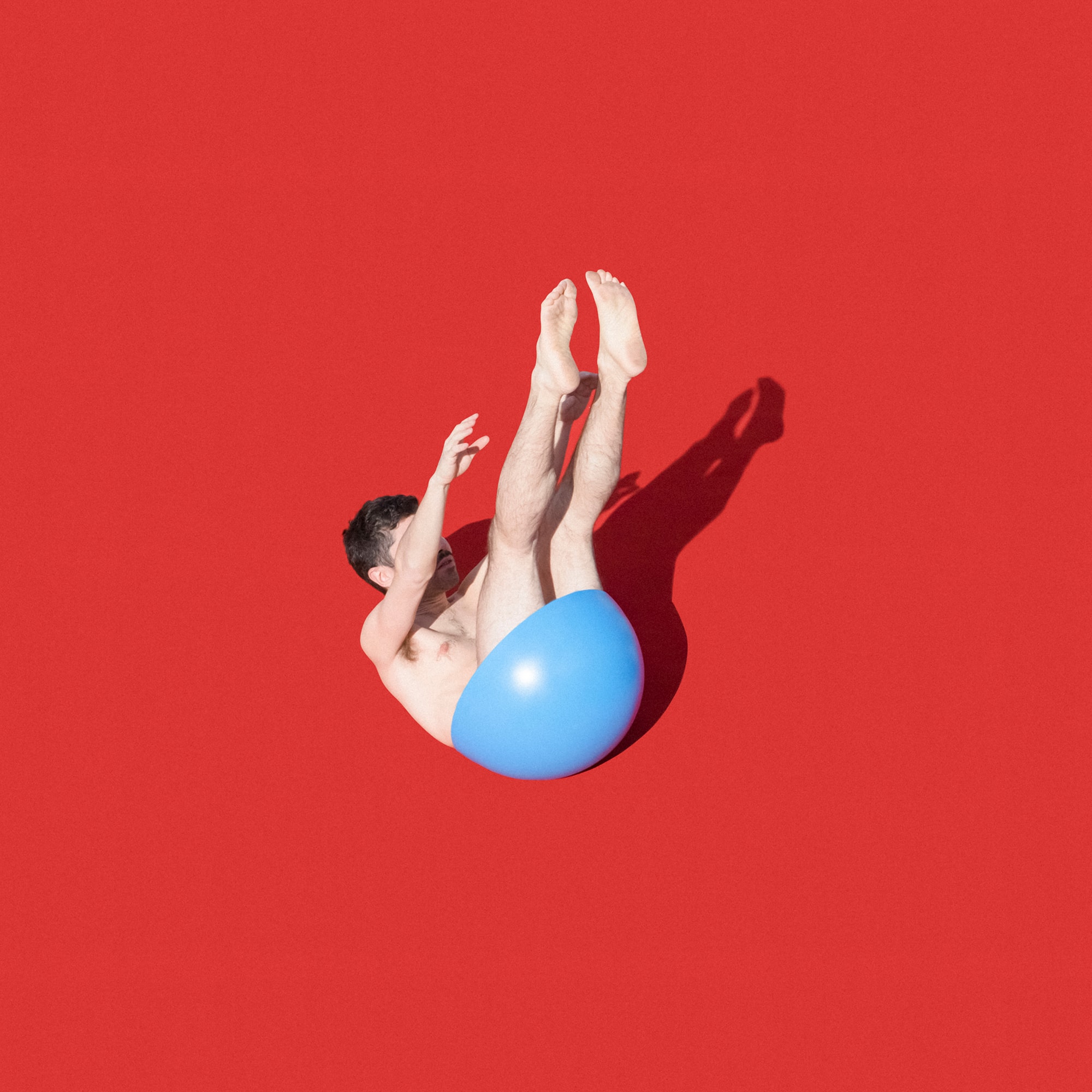
On the other hand, I am working with Joaquin (Wall) remotely. Our work has a lot to do with what we experience and the way we understand our environment, so as we are in two very different environments, something interesting happens. We are also thinking about the idea of the economy of the work, of recycling, and something also appears that has to do with water and its telepathic capacity.


